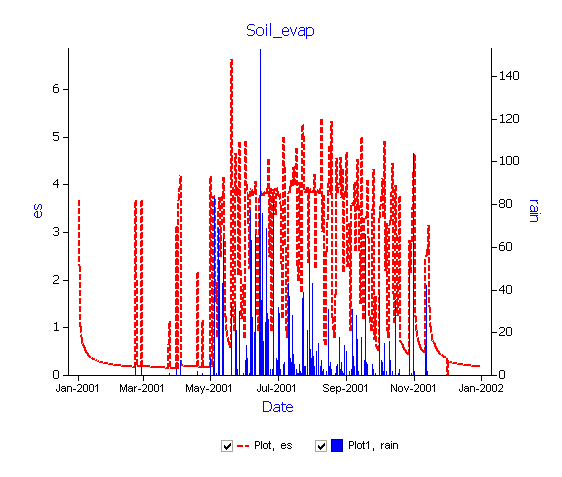
At all locations there was significant year-to-year variation in the simulated yield contribution of SFR. In contrast, in the north-western grain belt of Western Australia, SFR contributed as little as 0.1 t/ha or 3% of mean simulated yield due to strong Mediterranean rainfall pattern, low soil water-holding capacity and reliable growing-season rainfall. In central-west New South Wales, the equi-seasonal rainfall pattern, high soil water-holding capacity and variable spring rainfall resulted in SFR contributing up to 2.0 t/ha or 72% of mean simulated wheat yield. The contribution to yield varied significantly according to the rainfall distribution and soil type across sites.

Yield increases were due to both increased water use and increased water-use efficiency through higher harvest index. The potential value of SFR was high, contributing on average 1.0 t/ha or 33% of water-limited attainable yield. We used a widely validated crop simulation model (APSIM-Wheat) to quantify the potential value of SFR to wheat yield under contemporary farming practices using long-term climatic data at 37 locations throughout southern Australia. Modern, higher yielding farming practices combined with a decade of below-average growing-season rainfall and a predicted increase in the proportion of summer rain under future climate patterns have stimulated a re-evaluation of this notion. In southern Australia, summer fallow rain (SFR) has not traditionally been valued for winter crop production.


 0 kommentar(er)
0 kommentar(er)
